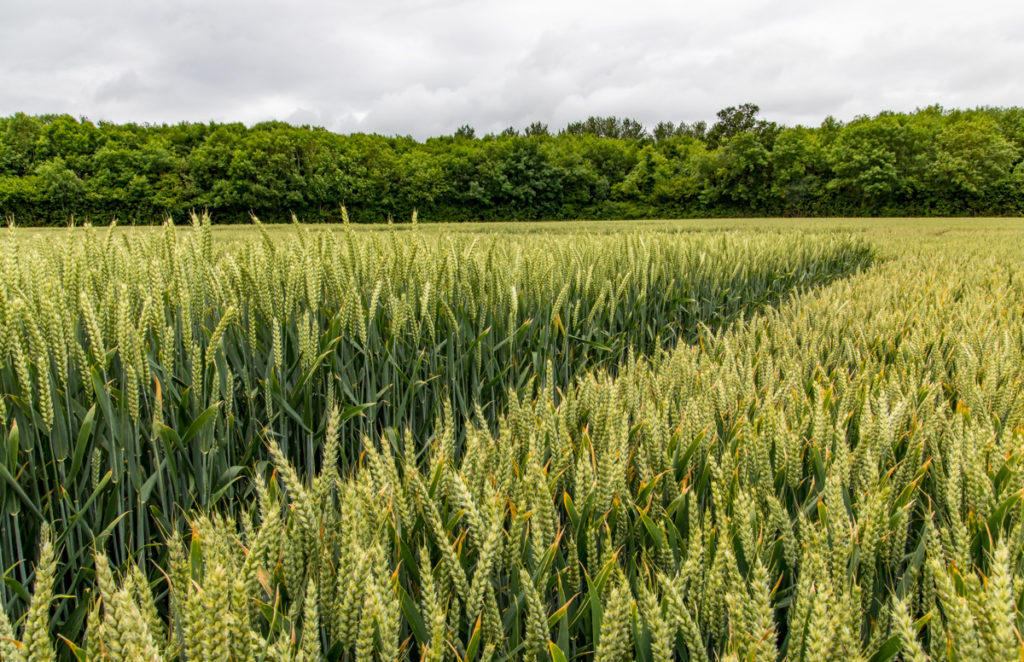High prices for fertiliser and grain are putting extra pressure on farmers not to let wheat yields slip through their fingers over the rest of this season, said Nigel Scott, regional technical manager for agronomy firm, ProCam.
In particular, he says strong yields will be needed not only to maintain decent crop margins over prices paid for fertiliser this season, but also to generate enough income from this year’s crops to cover potentially high fertiliser costs next year.
“Cereal growers are dealing with some big numbers at present,” said Scott, “both in potential income from cereal crops but also in high fertiliser bills.
“This leaves little margin for error. If yields slip, lower incomes could mean less cash in the business for fertiliser next season – when fertiliser prices are expected to remain high.”

With flag leaves in winter wheat contributing about half of overall yield, Scott said close attention to detail to defend crops against disease for the rest of the season will be crucial.
“Tailor fungicides to individual field risks rather than relying on blanket programmes.”
Pointing to trial results from ProCam’s research hub at the Stockbridge Technology Centre in Yorkshire, which underline the case for tailored fungicide programmes, Scott highlighted three pitfalls that could catch growers out this year if not prepared.
Variety resistance changes
History has shown how winter wheat variety resistance ratings to yellow rust can tumble over a year, said Scott.
But Septoria tritici resistance ratings for a number of varieties on the AHDB Recommended List (RL) have also fallen since last season, he says, and in many cases these reductions occurred after decisions to grow these varieties had already been made.
“For up-to-date information, look at the one-year Septoria tritici resistance ratings for your varieties on the RL, rather than using their three-year ratings,” Scott urged. “Even then, take into account other disease risk factors.
Drilling date effects
With winter wheat drilled over a wide window from September to February this season, do not overlook the unexpected effects that drilling date can have on disease risk, said Scott.
“We know early drilling significantly increases Septoria tritici risk. But work at our Yorkshire trials hub has shown that even a variety with strong Septoria tritici resistance can suffer infection if drilled in September.
“Latest results from 2021 showed the treated yield from this variety was 1 t/ha lower if drilled in September compared with October.
“This underlines the need to take drilling date seriously. For crops drilled before late October, you could consider their Septoria tritici resistance as being one or more points lower than their RL rating.”
With yellow rust, Scott said it is later-drilled crops that can be more susceptible, and although spring frosts reduced yellow rust earlier this season, it can rapidly bounce back.
Fungicide timing and dose
Accurate fungicide spray timings are essential to protect yield against disease, said Scott.
As tempting as it may be to save money by reducing fungicide doses if you have already spent a lot on fertiliser, dose rate has a massive impact on the duration of protection from a fungicide and on the level of curative activity it provides against infection, he stresses.
“If you’re late applying fungicides, it’s important to keep doses up because you need that curative activity to counter any infection build-up.
“On the other hand, if you’re on-time or early applying a fungicide, a suitably robust dose is needed because you need a longer period of control.
“This is something we saw last season when Septoria tritici didn’t strike until late in the season and inferior programmes left crops exposed.
“Clearly, you need to stay within maximum doses permitted on fungicide labels. But if yields slip through inadequate protection, it will be more difficult to cover high fertiliser costs.”

